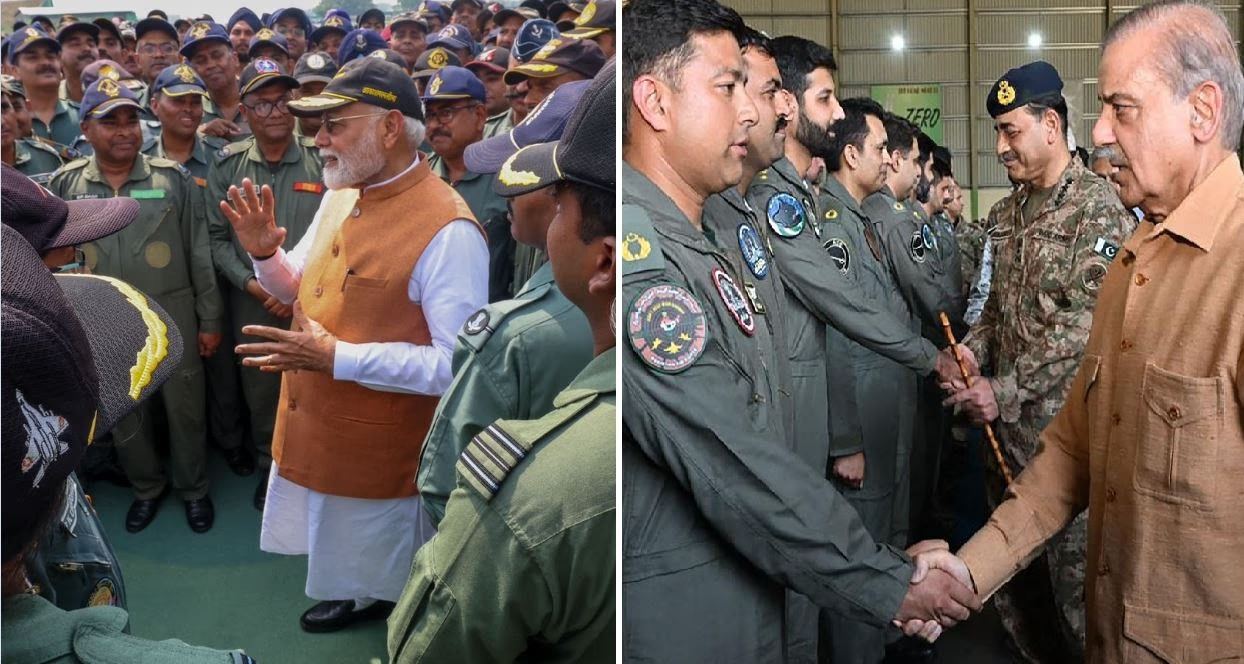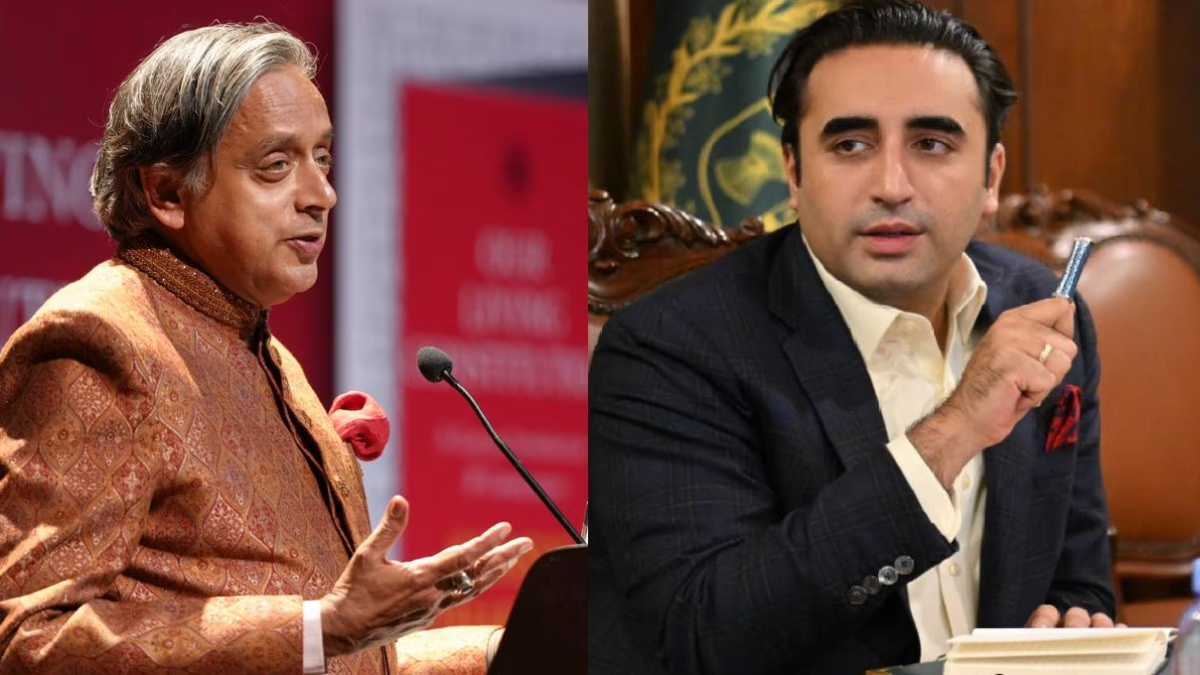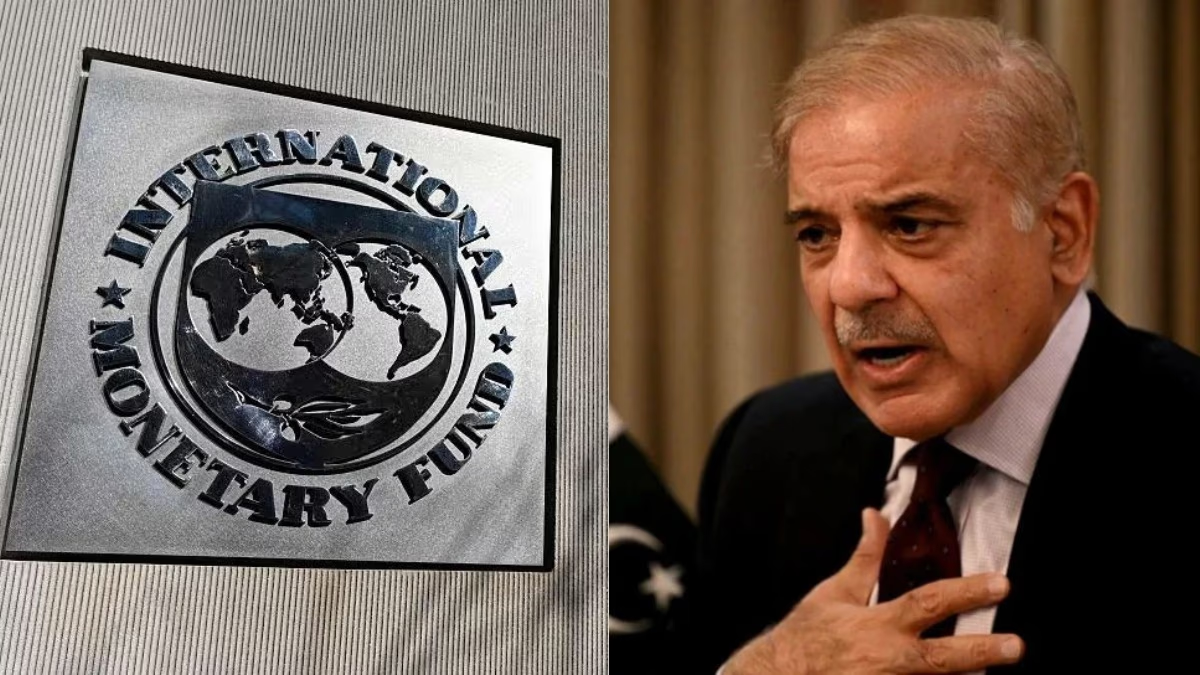After India's Operation Sindur, Pakistan faced international embarrassment, openly revealing its terrorist-friendly face to the world. In response, the Indian government has formed seven groups led by MPs to visit 33 countries to unveil Pakistan’s facade. This group includes MPs from various parties, ministers, and former ambassadors. Yet, Pakistan, not waning from such steps, appoints former Foreign Minister Bilawal Bhutto to head a similar high-level delegation to present Pakistan's stance on international platforms.
Pakistan Dispatches Its Delegation
Alarmed by India's international delegation decision, Pakistan scrambled to counteract by forming its own. Prime Minister Shehbaz Sharif entrusted the responsibility to Bilawal Bhutto Zardari, tasking him with leading a high-level delegation to articulate Pakistan’s perspective globally.

Source: aajtak
Modi’s Moves Mirror Shehbaz's Visits
This isn't Pakistan's first attempt to imitate India's actions. Following the Pahalgam attack, it mirrored India's responses. Earlier, post-Operation Sindur's success, PM Modi visited the Adampur Airbase to bolster morale among air warriors. Similarly, PM Shehbaz commenced military visits, but faced social media trolling, rendering his efforts fruitless.
Claiming success, Pakistan publicized PM Shehbaz's meeting with soldiers involved in alleged Indian attacks. Visual content from his Sialkot visit propagated widely, portraying efforts aligning with Modi's past inspections. However, it backfired as a perceived PR stunt and plagiarism of Indian strategies.
Security Meetings in Pakistan
Mirroring India's security-focused cabinet committee meetings (CCS), Pakistan organized its National Security Committee (NSC) sessions. After PM Modi's numerous security sessions led to strategic retaliation, Pakistan mimicked by announcing Shimla Agreement suspension post its own NSC meetings.
Even PM Modi’s statements empowering the armed forces to decide operational modes were echoed by Shehbaz. Subsequent to India's Operation Sindur on May 7, Pakistan's NSC released similar mandates to its forces.
Media Bans Reflect Tit-for-tat
In response to the Pahalgam incident, Pakistan pasted India’s reactive measures. India banned various Pakistani media outlets and YouTube channels, a move Pakistan reciprocated by targeting Indian channels and websites equivalently. The duplication in numbers illustrates the extent of mimicry.
In April, following the Pahalgam terrorist attack, the Indian military launched Operation Sindur, decimating nine terrorist hubs in Pakistan and PoK through airstrikes. In retaliation to Pakistani attempts on Indian military bases, India obliterated 11 Pakistani military sites.




